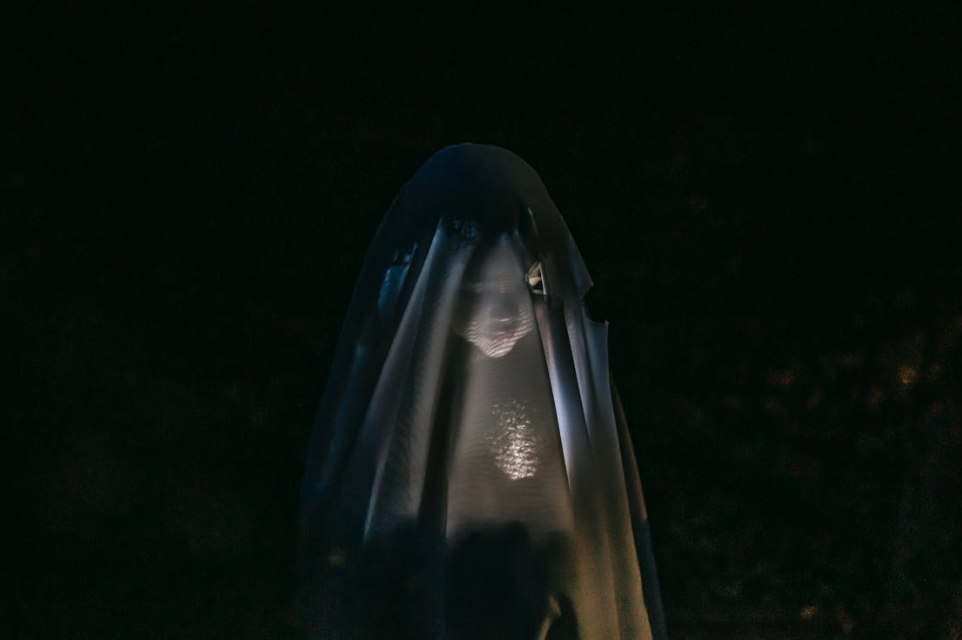One of the most common sleep issues that arises in this age group is nighttime fears. This age is unique because children are developed enough to express fears but are not yet able to distinguish between fantasy and reality.
Dr. Avi Sadeh, a pediatric sleep researcher-developed “The Huggy Puppy Intervention” as a strategy to help reduce stress and fear in young children in extreme situations (such as war zones or natural disasters). In clinical trials, the HPI has shown to reduce fears.
Here’s how it works:
Huggy is introduced as a sad, scared, and lonely puppy who needs a friend. It is far away from home and needs to be taken care of. The child is asked to care for Huggy and shown how to hug it.
In the study Huggy was a cocker spaniel with long arms and legs that can be positioned around the child with Velcro.
After the child agrees to care for Huggy, they are allowed to keep it and care for it.
The rationale behind the HPI is to shift the child’s focus away from their fears and towards being a caregiver which enhances self esteem. It can also help them to regulate emotions by projecting them onto Huggy.
The stuffed animal doesn’t have to be a cocker spaniel named Huggy but I
would recommend introducing a special and new stuffed animal using the same approach.
This intervention is not as helpful with older children because cognitively they are able to distinguish between fantasy and reality.
My daughter isn’t old enough to experience bedtime fear but she does hug a bunny and hold it at night as a transitional object for security.
Have you heard of the Huggy Puppy Intervention? What strategies have you used for reducing nighttime fears?


